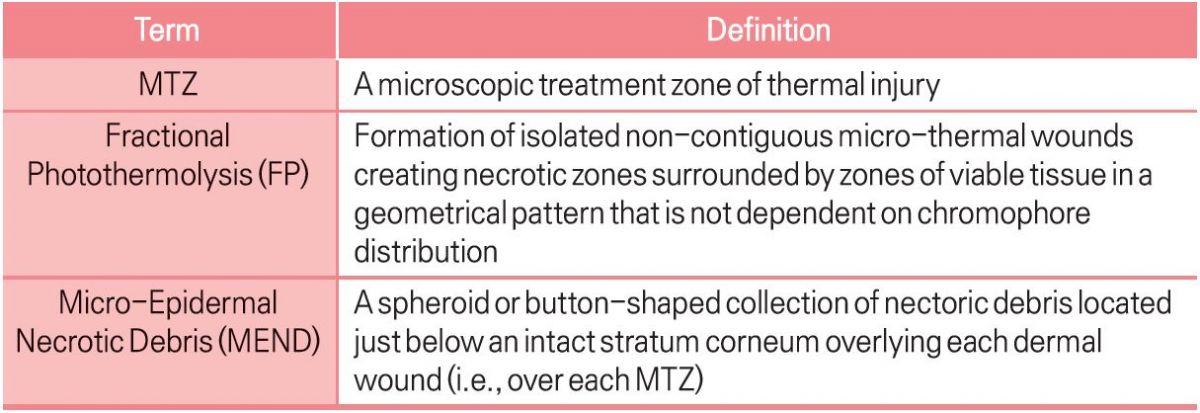
▶ Previous Artlcle: #12-1. Fractional Laser
The concept of Fractional photothermolysis derives from efforts to reduce the increased incidence of complications resulting from slow tissue regeneration process when the bulk beam removes all tissues at once.
Microbeams with a diameter of 100 to 200 µm are irradiated at regular intervals, causing the normal tissues to be mixed with the laser-irradiated tissues.
Undamaged normal tissues help the regeneration of heat-damaged tissues, accelerating tissue regeneration and reducing side effects.
[Advertisement] DUAL FINE BEAM – Manufacturer: SNJ(www.medicalsnj.com)]
In the fractional photothermolysis suggested by R. R. Anderson, first of all, the ablative skin resurfacing takes time until the reepithelization, because of long migratory path lengths for keratinocytes when tissues are removed from the epidermis to the dermis.
Secondly, the non-ablative dermal remodeling is a method causing thermal damage to the underlying skin without causing epidermal damage.
Finally, the fractional photothermolysis creates a microscopic treatment zone (MTZ) in the skin, resulting in smaller wounds and speedy regeneration due to shorter migratory paths for keratinocytes(Picture 1).
In addition, new terminologies such as MTZ, FP (Fractional Photothermolysis) and MEND (Micro-epicermal Necrotic Debris) have emerged to describe the fractional laser(Table 1).
The first fractional laser was the 1500nm wavelength FRAXEL from Solta Medical in the U.S., followed by RAXEL with wavelengths of 1550nm and1410nm, and of 10600nm and 1927nm being launched(Picture 2).
Table 1. Definitions of new terms.
-To be continued





















